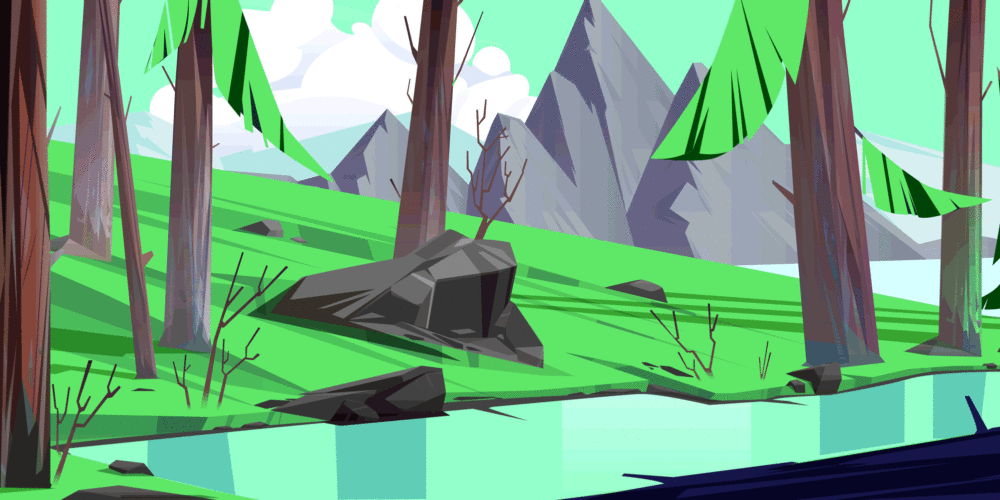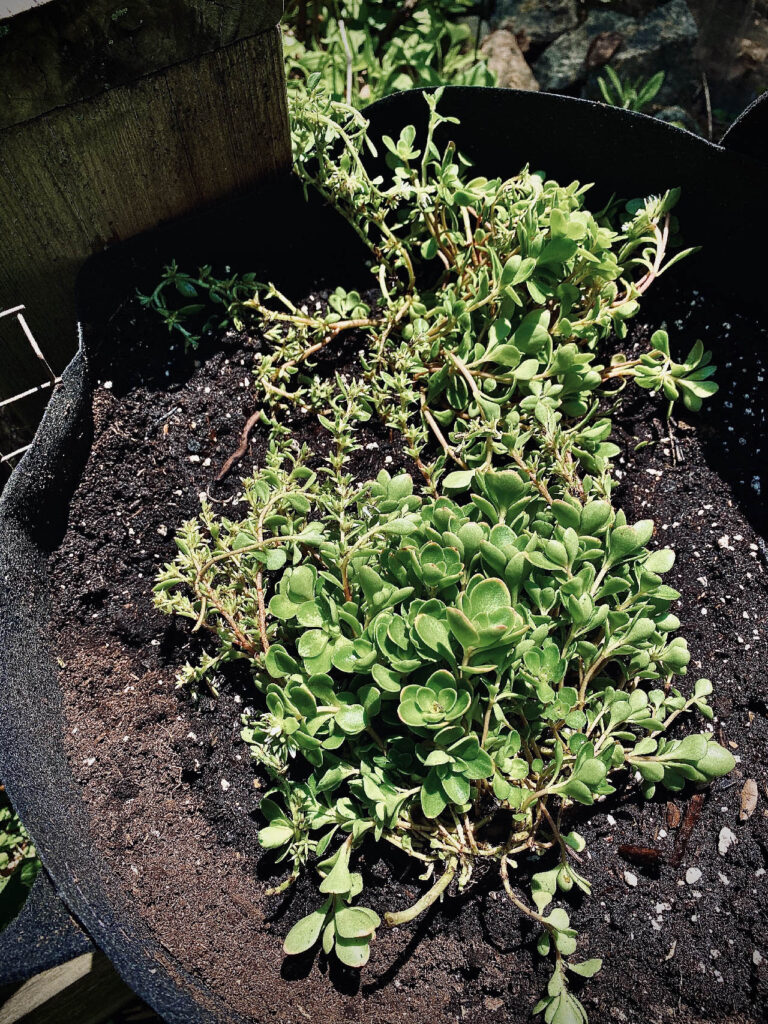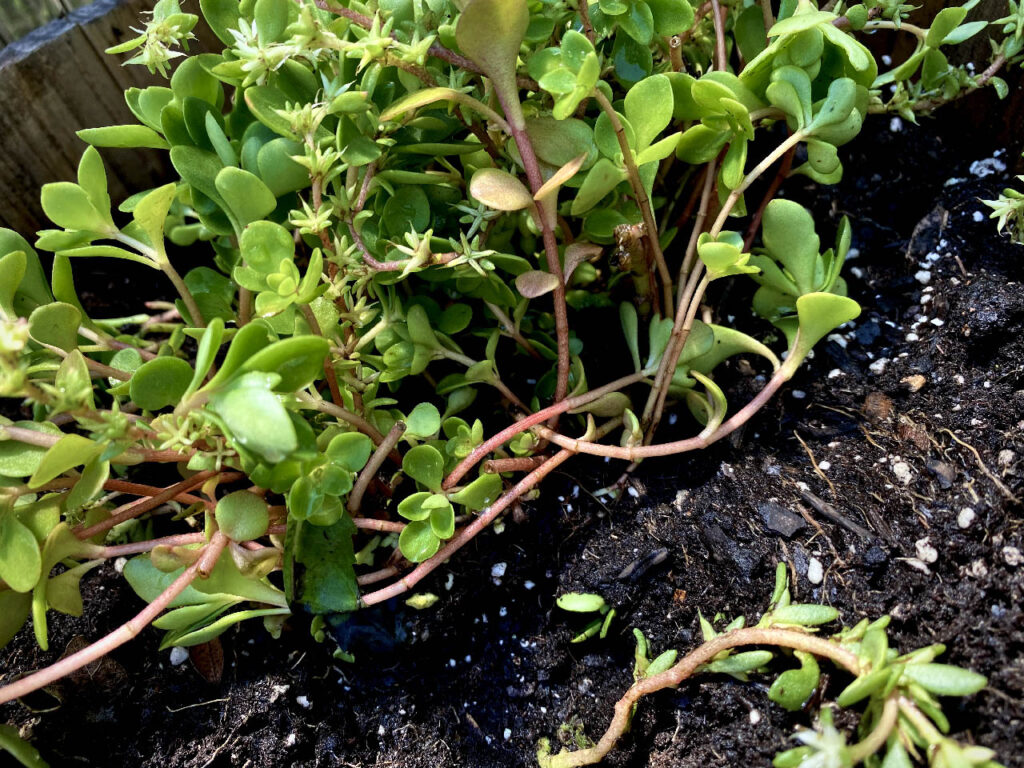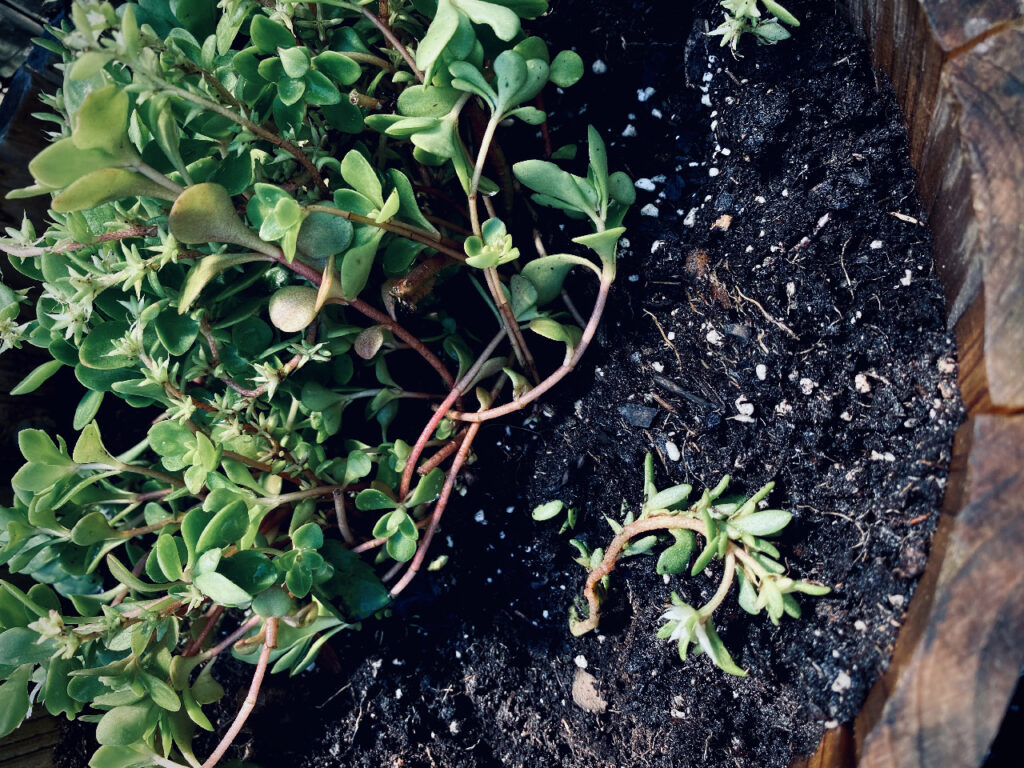Patches of grass and mud, or dead leaves. That’s what I always used to think of when thinking of a forest floor. So I tried not to think of it. Then a few years ago I found out that a specialty onion I always wanted to try (allium tricoccum / “wood leek” / “ramp”) naturally occurs in the forests of the eastern USA. Some consider them a rare delicacy because they were over-foraged in the 90s and 00s.
But this made me wonder what the floors of the woods are really supposed to look like? I don’t think it’s a suburban lawn or a perpetual dead leaf landfill.
One thing that once naturally occurred across the eastern woodlands were what we refer to as “ground covers”: any plant that grows year after year over an area: protecting the topsoil from erosion and drought. And, by default, it protects an area from “weeds” – which basically only means any plant that is unwanted. I have a feeling that there is a lot we don’t know about most of the things we call weeds. But that’s another thought for another day. I have my preferences, too. I don’t want things that I consider weeds either. But anyway…
I was more than happy to find out about a succulent-type plant that thrives in winter conditions.
When succulents re-gained popularity a few years ago, they were marketed as an indoor plant in the northeast because the varieties presented do not tolerate cold temperatures. Yet there is a gorgeous type that is native to the east coast!
Woodland stonecrop (sedum ternatum) is a perennial that grows a few inches high and spreads with creeping stems. It has succulent foliage and flowers in spring. The flowers are very attractive to pollinators, and they are rabbit, drought, deer, and air pollution tolerant.
Once established, no maintenance is needed: no mowing, no chemicals. Just enjoyment. Just air purification. Just a food source for pollinators who will repay in-kind to the annual crops planted.




